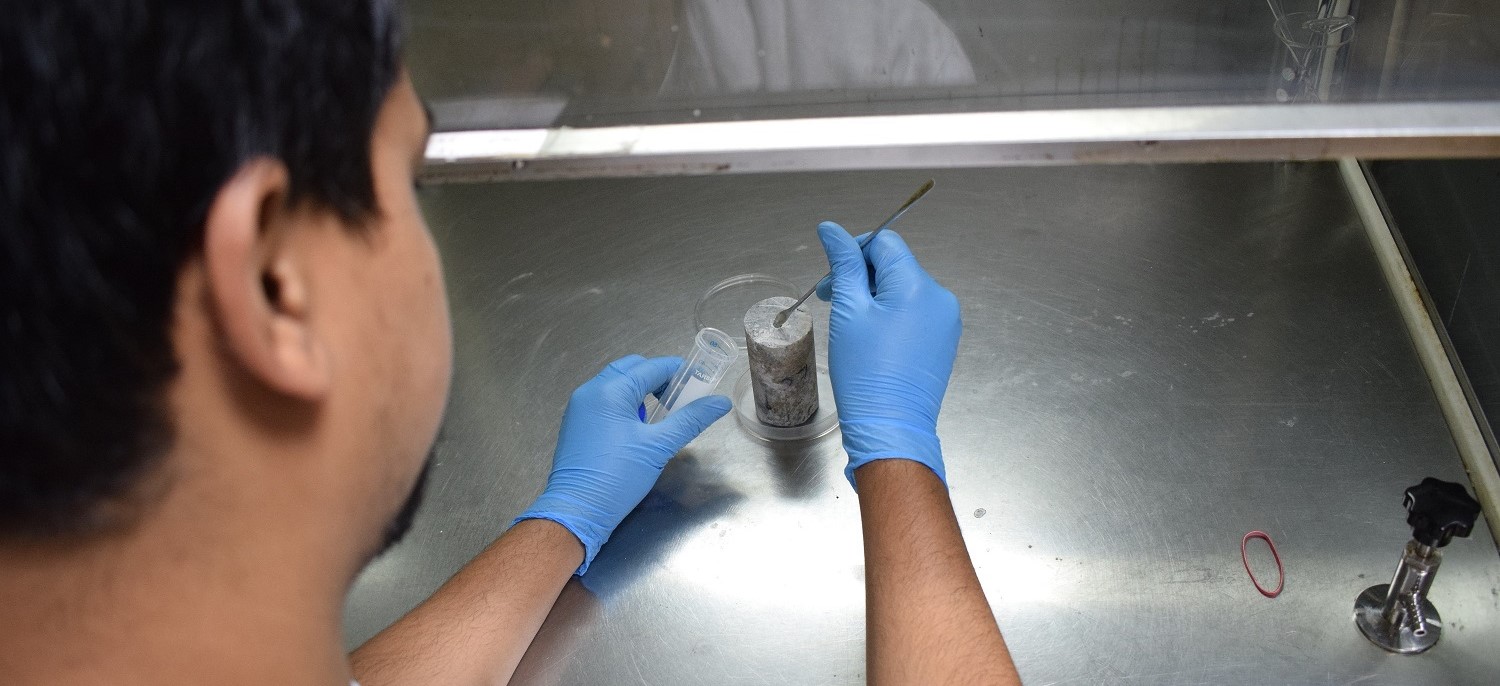
Secrets from Deccan Traps
Times of India Kolkata(p1), Kolkata(p4), Delhi, Mumbai, Hyderabad, Bangalore, Chennai, Chandigarh, Goa, Lucknow, Pune, Jaipur, Bhopal IndiaTimes The Week Business Standard TimesNow The Sentinel Assam NewsTrack The Weather Channel Eastern Mirror India.com In 1993 filmmaker Steven Spielberg told us an exciting story of the dinosaurs and their creation from the blood of mosquitoes in the Jurassic era carrying dinosaur DNA. The DNA was so critical to the story that we saw John Hammond, a lead character, carry it in his walking stick all through the movie. That was few drops of blood and now researchers have found an…
